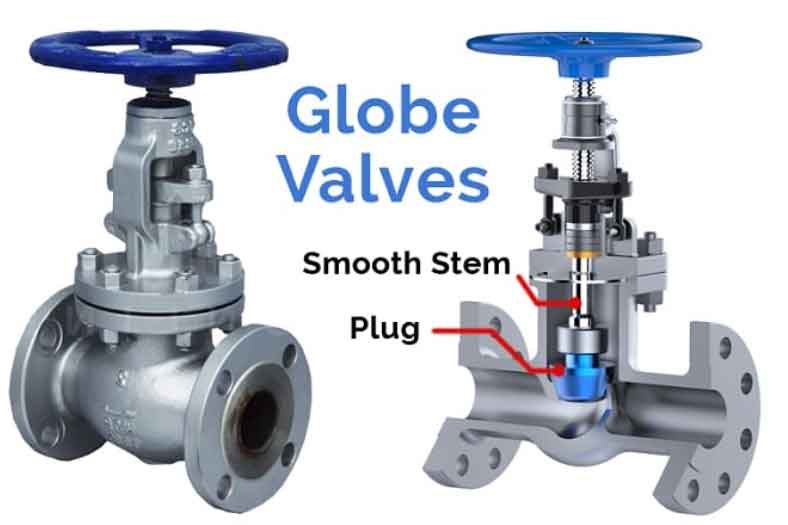Selecting the appropriate material for globe valves is a critical consideration as it directly impacts their performance, durability, and compatibility with the fluid being handled. Different materials offer varying degrees of corrosion resistance, mechanical strength, and temperature tolerance. Here are some key factors to consider when selecting the material for globe valves:

1. Fluid Compatibility: The first and foremost consideration is the compatibility of the valve material with the fluid being handled. Different fluids can have varying levels of corrosiveness, abrasiveness, and chemical properties. It is crucial to ensure that the selected material is resistant to corrosion and can withstand the specific characteristics of the fluid without degradation or contamination.
2. Corrosion Resistance: Corrosion is a common issue in many industries, and selecting a material with excellent corrosion resistance is essential for long-term valve performance. Materials such as stainless steel (e.g., 316 stainless steel), nickel alloys, and corrosion-resistant alloys (CRAs) like Hastelloy or Monel are often preferred for their superior resistance to corrosion from aggressive fluids.
3. Temperature Range: Consider the temperature range in which the valve will operate. Different materials have different temperature limitations. It is important to choose a material that can withstand the anticipated temperature extremes without losing its mechanical properties or causing any deformation that may affect valve operation.
4. Pressure Rating: Consider the pressure rating required for the application. The selected material should have sufficient strength to handle the operating pressure without the risk of deformation or failure. High-pressure applications may require materials such as carbon steel, alloy steel, or exotic alloys.
5. Mechanical Strength: The mechanical strength of the material is crucial, especially in applications with high pressure or frequent cycling. Ensure that the selected material can withstand the mechanical stress and pressure requirements of the system without deformation, cracking, or failure.
6. Wear Resistance: In applications where the fluid may contain solid particles or abrasive components, selecting a material with good wear resistance is important. Hardened materials or those with special coatings can offer improved resistance to erosion and wear, prolonging the lifespan of the valve.
7. Standards and Regulations: Consider any industry-specific standards, regulations, or certifications that may dictate the material selection. Some industries have specific material requirements for safety, hygiene, or environmental considerations. Compliance with these standards is crucial to ensure the valve’s suitability for the intended application.
8. Cost Considerations: Finally, consider the cost-effectiveness of the chosen material. Balancing the performance requirements with the budget is important. Some high-performance materials may come at a higher cost, so it is essential to evaluate the long-term benefits and potential cost savings associated with material durability and maintenance requirements.
It is important to consult with valve manufacturers, industry experts, and material specialists to determine the most suitable material for your specific application. They can provide guidance based on their expertise and knowledge of the materials’ performance in different operating conditions.
